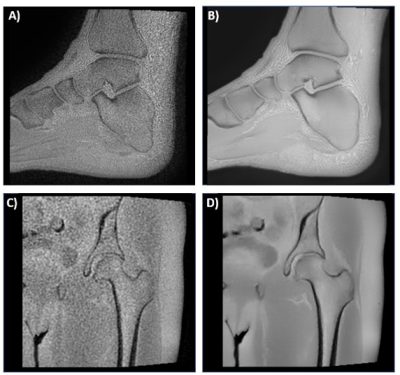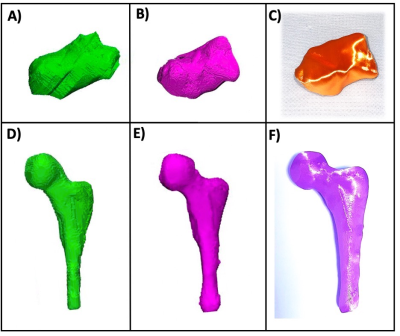Nicole Wake1,2, Stephanie Shamir1, Beverly Thornhill1, Nogah Haramati1, Graeme McKinnon3, Mathias Engstrom4, Florian Wiesinger4, Michael Carl5, Fraser Robb6, and Maggie Fung7
1Department of Radiology, Montefiore Medical Center, Bronx, NY, United States, 2Center for Advanced Imaging Innovation and Research, Department of Radiology, NYU Langone Health, New York, NY, United States, 3GE Healthcare, Waukesha, WI, United States, 4GE Healthcare, Munich, Germany, 5GE Healthcare, San Diego, CA, United States, 6GE Healthcare, Aurora, OH, United States, 7GE Healthcare, New York, NY, United States
1Department of Radiology, Montefiore Medical Center, Bronx, NY, United States, 2Center for Advanced Imaging Innovation and Research, Department of Radiology, NYU Langone Health, New York, NY, United States, 3GE Healthcare, Waukesha, WI, United States, 4GE Healthcare, Munich, Germany, 5GE Healthcare, San Diego, CA, United States, 6GE Healthcare, Aurora, OH, United States, 7GE Healthcare, New York, NY, United States
Deep learning reconstruction of 3D ZTE MRI datsets significantly improved image quality and enabled improved automated image segmentation for the creation of 3D printed anatomic models.

Figure 1 3D ZTE images of the A) ankle without deep learning B) ankle with deep learning, C) hip without deep learning, and D) hip with deep learning.

Figure 3 3D modeling of segmented anatomy showing the A) calcaneus without deep learning, B) calcaneus with deep learning C) 3D printed calcaneus model; and the D) femur without deep learning, E) femur with deep learning, and F) 3D printed femur model. Both 3D printed models were printed using the deep learning reconstruction on a material extrusion printer (Ultimaker S5, Ultimaker, Utrecht, Netherlands).
